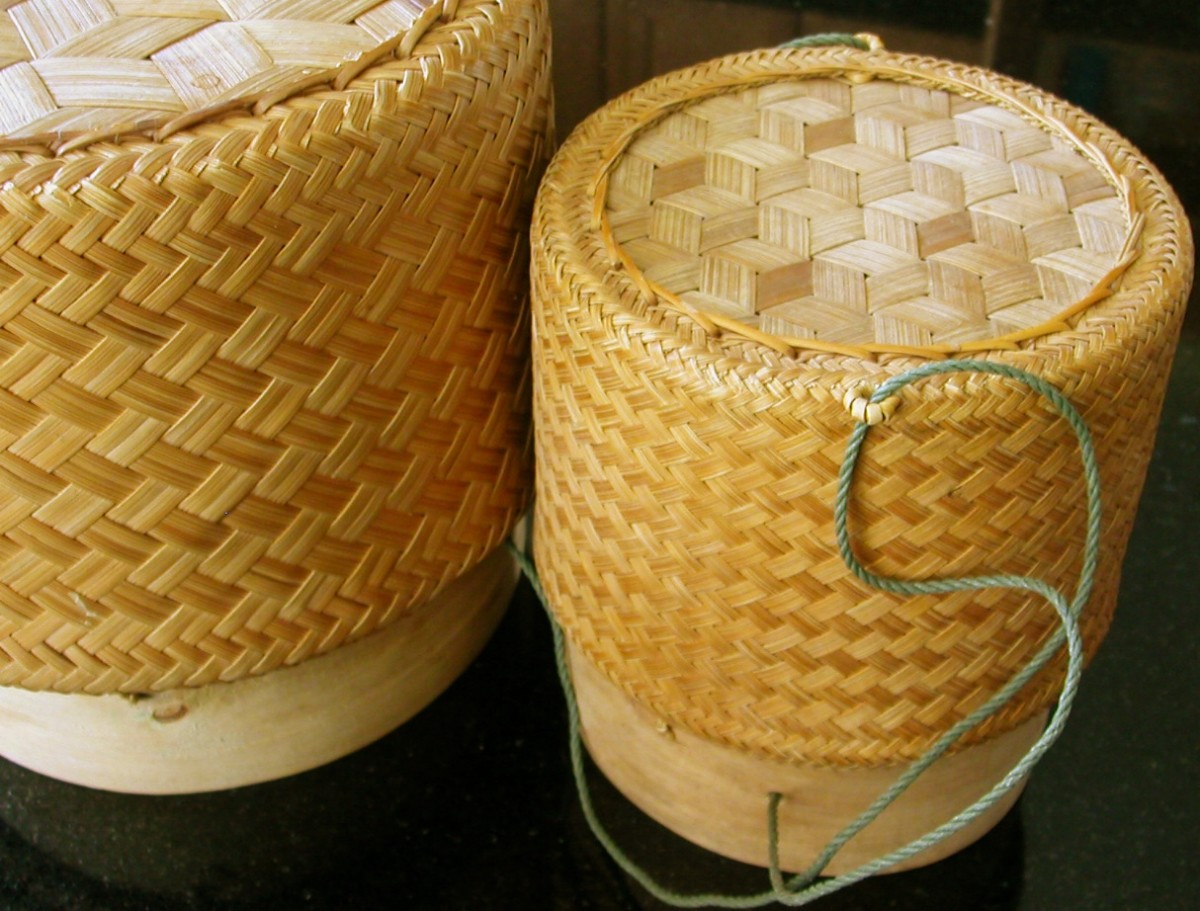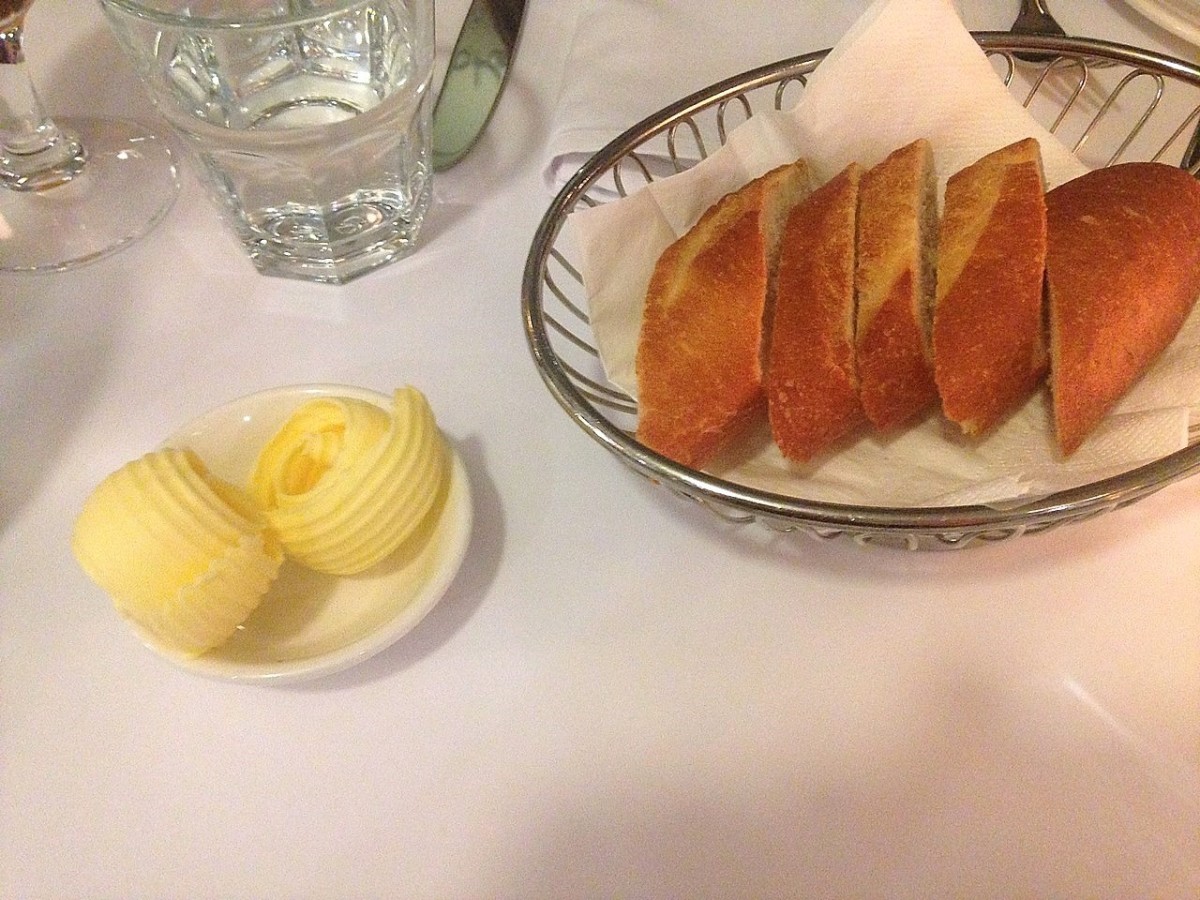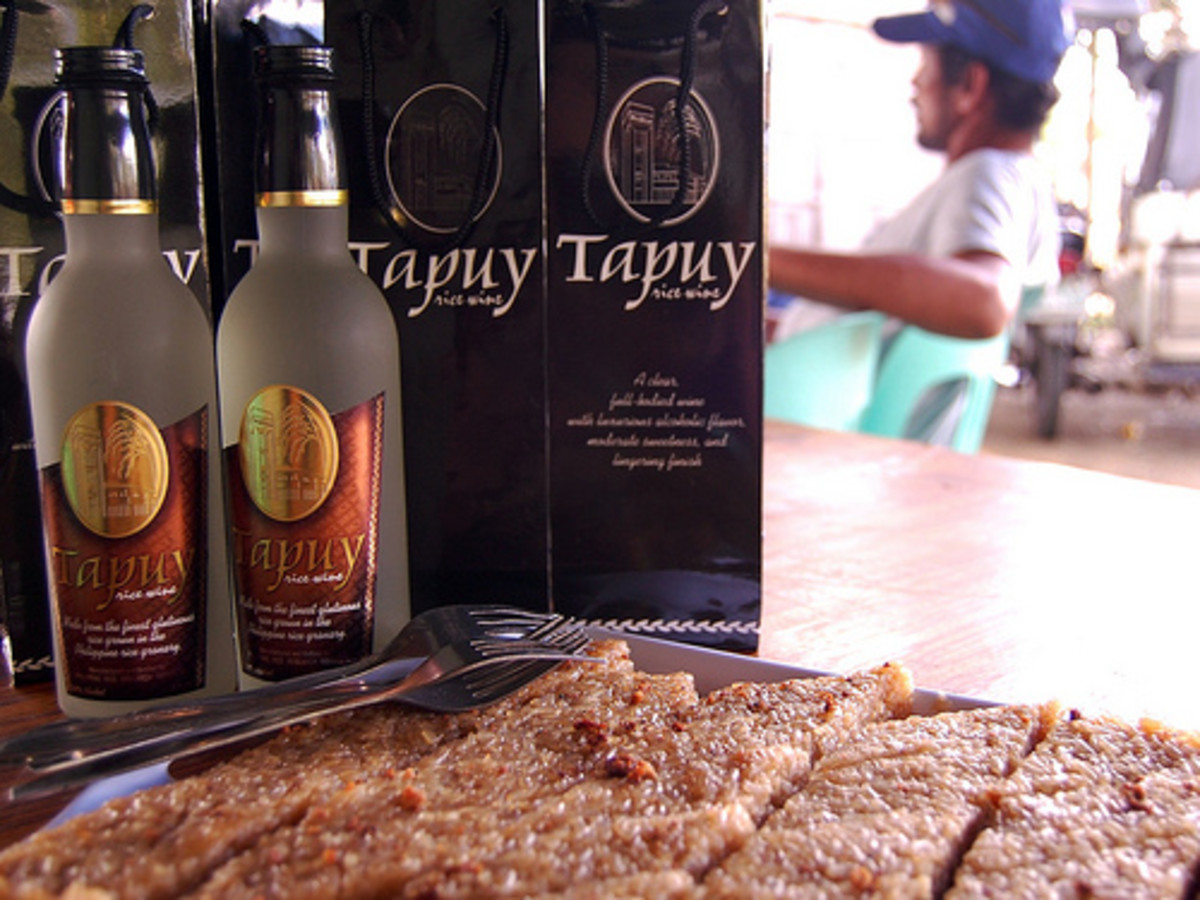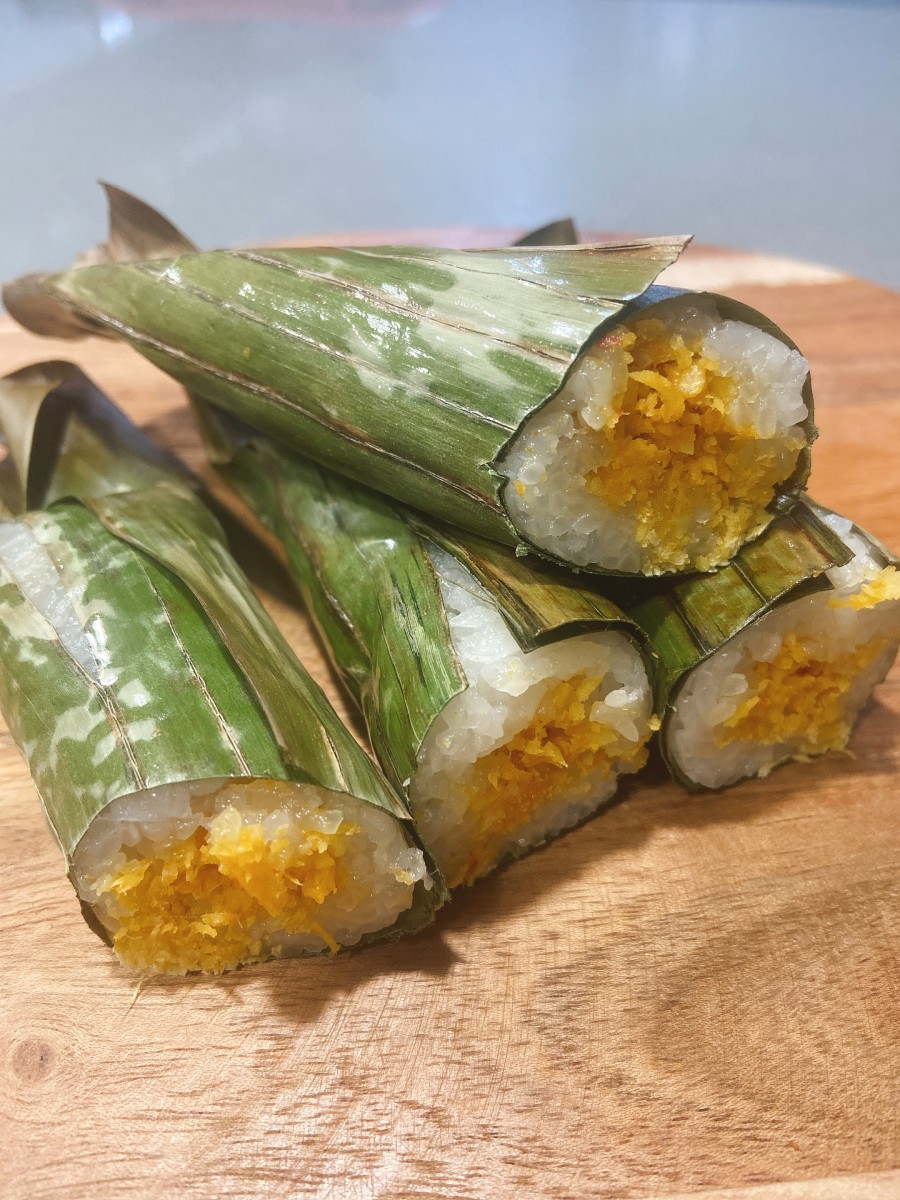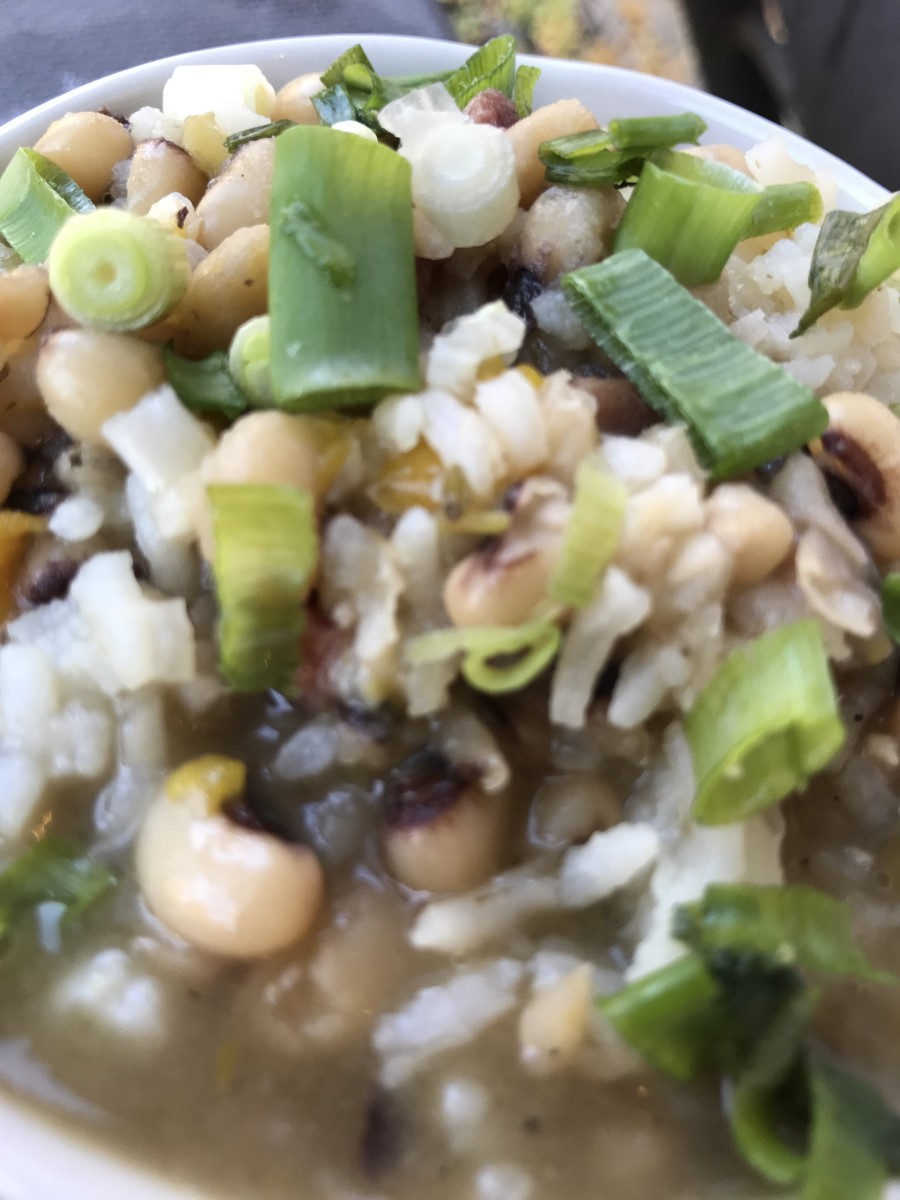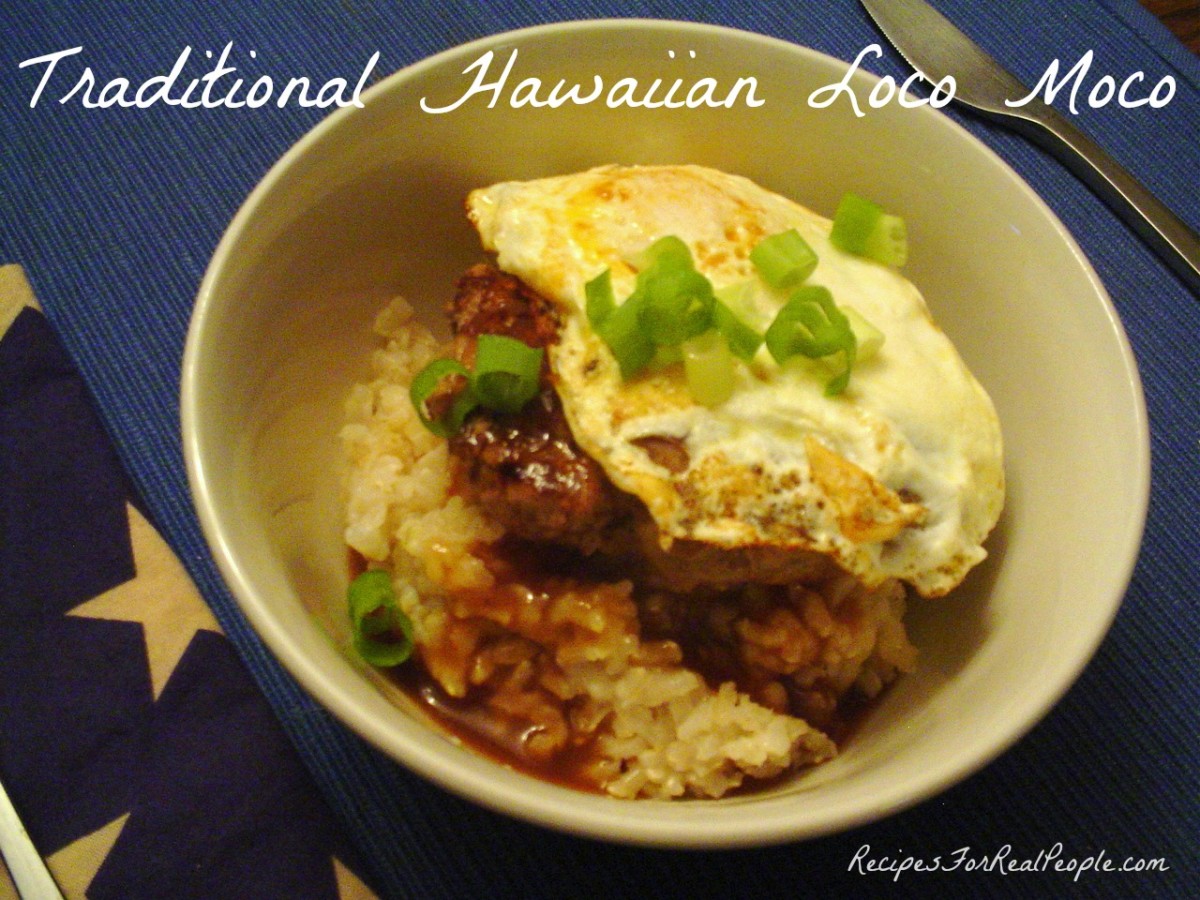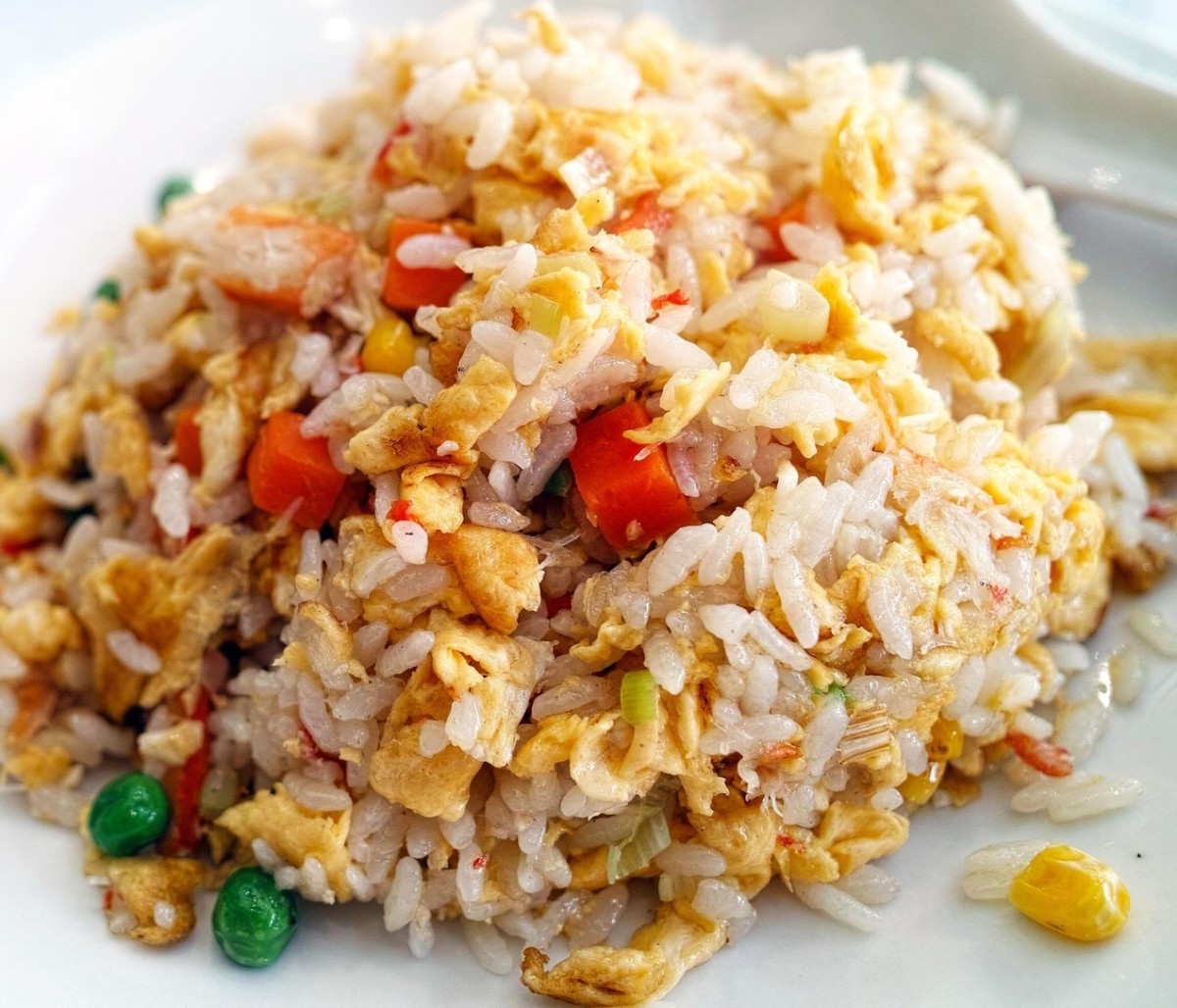Facts About Rice
Asia alone consumes and produces more than 85% of the world's rice. As the world's most populous country, China consumes more rice than any other country (about 143 million ton in 2018) followed by India (with 100 million metric tons).
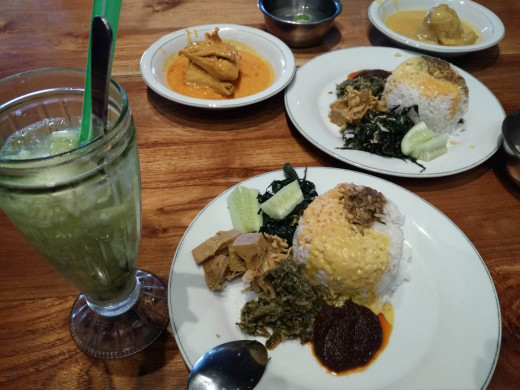
Good news for rice eaters - whether kept in freezer, refrigerator or pantry, there's plenty of rices that have an indefinite shelf life. Basmati, jasmine, wild, and white rices are among the many that can last forever. If we keep them away from contaminants, rices can stay fresh for as long as we like. Make sure they are stored in a cool and dry area.
According to Chinese scientist, the longevity and strength of the Great Wall of China actually lies in the sticky rice (by mixing it with slaked lime) that they used as mortar. Besides the Great Wall, they used the same mortar to build lesser city walls, tombs and pagodas. The researchers from Zhejiang University explained that the legendary strength of this rice-lime mortar comes from amylopectin.

Nutrients provided by rice include magnesium, iron, zinc, B vitamins (e.g riboflavin, thiamin, niacin and folate), carbohydrate and other components such as fibre.
However, uncooked rice contains bacteria spores which can cause food poisoning. These spores can actually survive cooking but dont worry as they wont hurt us unless we give them a chance to grow into bacteria (that will happen if we leave cooked rices too long at room temperature).
Fried rice is one of the most common food associated with outbreaks of B. cereus. This is because cooked rices is left out to cool for hours or long enough for the bacteria to germinate before this cooled contaminated rice is fried with other ingredients, often at a temperature which is not hot enough to destroy the toxin.
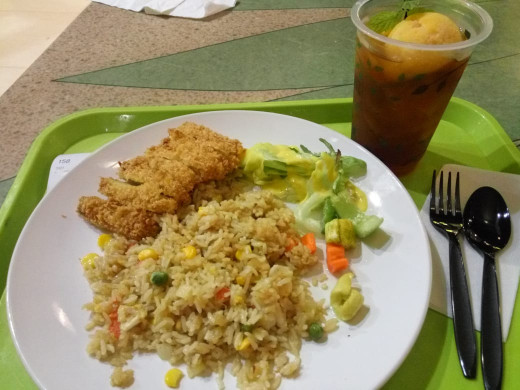
In Malaysia and Indonesia, there is a dish called "nasi lemak", a rice dish cooked in pandan leaf and coconut milk. This rice is also popular in countries like Brunei, Singapore, and Southern Thailand. Nasi uduk is also a popular rice dish in Indonesia which similar with nasi lemak but cooked in bay leaf and coconut milk.
Yellow rice is another popular rice dish in Indonesia. As the name tells, the rice is yellow in color and it is made with cooking rice with turmeric and coconut milk.
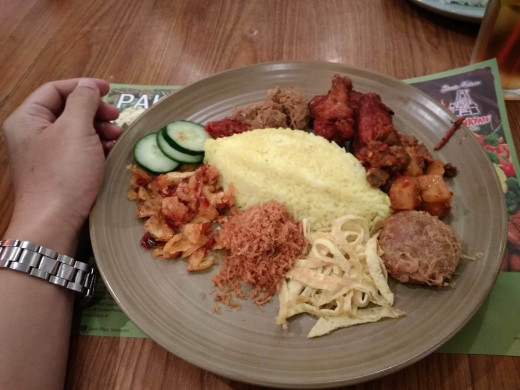
Dont be confused by the name; glutinous rice - in fact, glutinous rice does not contain gluten. It is also called as sticky rice or sweet rice. You can recognize this rice by its sticky, glue-like texture after cooked. However, the stickiness actually comes from its starch content. The starch itself has two components, amylopectin and amylose. The starch in short-grain rice is almost all amylopectin (this is why the texture is moist and stickier) whereas long and medium-grain glutinous rices have a higher proportion of amylose.
Sushi comes from the Japanese words which means "sour rice" eventhough many people think of it as raw fish. In fact, the word "sashimi" refers to a piece of raw fish. The rice used in making sushi is described as "sushi" which has vinegar in it.
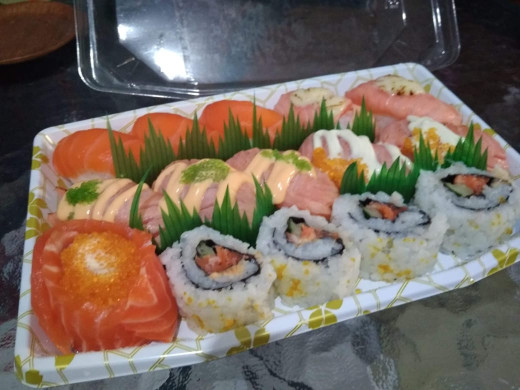
Zongzi, or also known as bakcang in Malaysia, Thailand, Singapore, Taiwan and Indonesia, is a very popular rice dish made from glutinous rice stuffed with various fillings and wrapped in bamboo leaves. They are cooked by boiling and steaming. This food is widely eaten during the Dragon Boat Festival (Duanwu Festival).
He fen or shahe fen is a type of wide noodle made from rice. This rice-made noodle originated from China and now very popular throughout Asia. In Singapore, Indonesia and Malaysia, it is called as "kwetiau" and it is often stir fried with vegetables and meats.
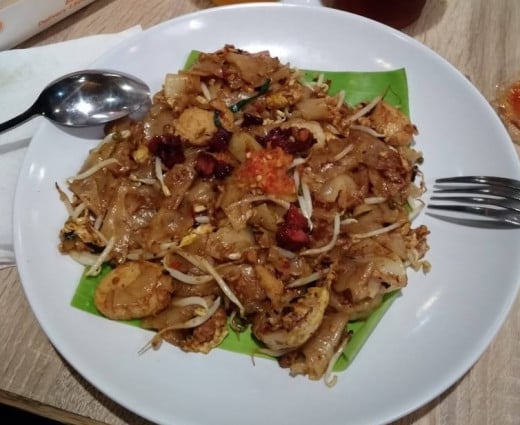
Rice vermicelli (or sometimes called as rice sticks or rice noodles) are a thin form of rice noodle, whereas glass noodle (or also known as cellophane noodles or fensi) is a type of transparent noodle made from starch (such as potato starch, sweet potato starch, mung bean starch, tapioca, or canna starch) and water.
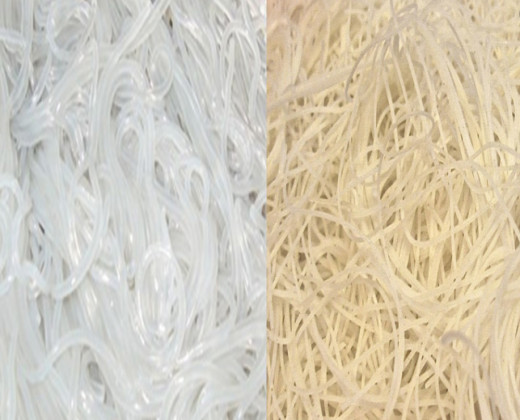
Related Hubs
- History of Sticky Rice Dumpling (Zongzi or Bacang) -...
Traditionally held on the 5th of May on lunar calendar, zongzi is created to honor Qu Yuan, the pioneer poet of ancient China (340-278 BC). - Facts About Sugars
Today, many product manufacturers are very good at disguising the word “sugar”, they use other complicated words to mask its presence. Here are some of the common nicknames they use..

